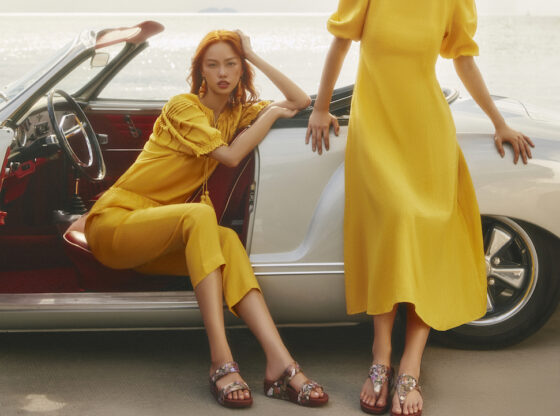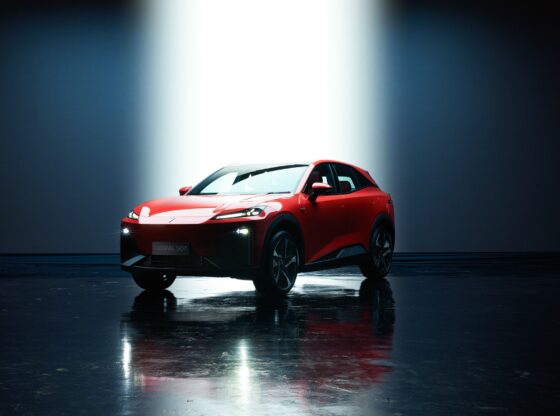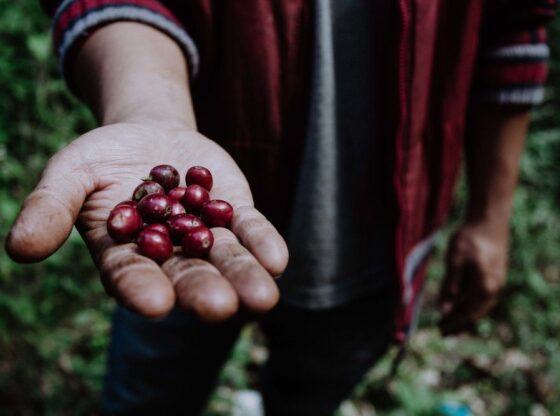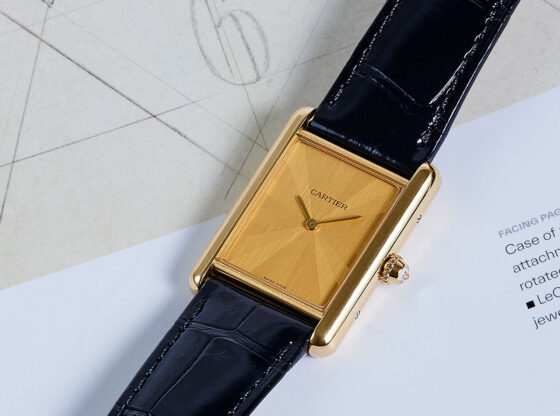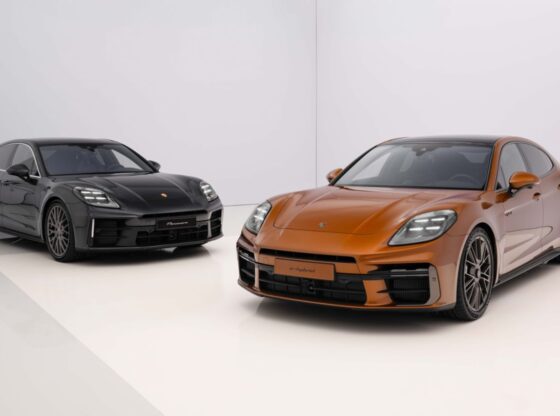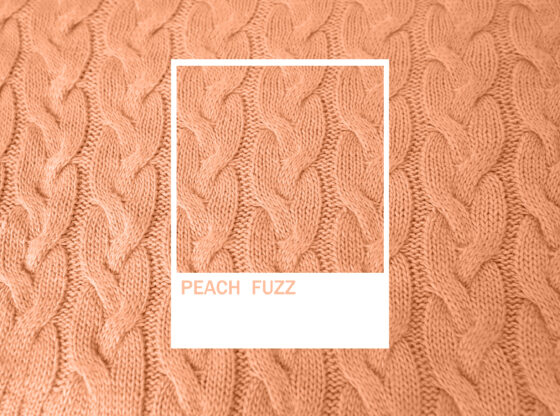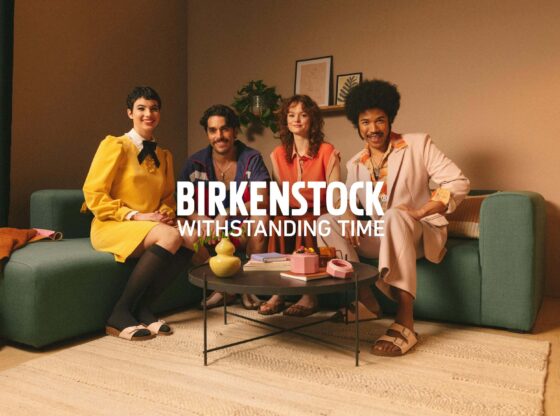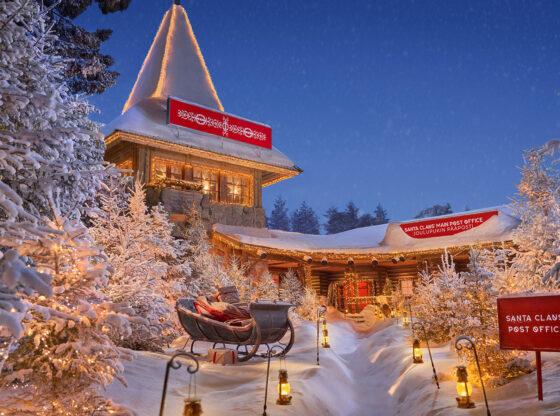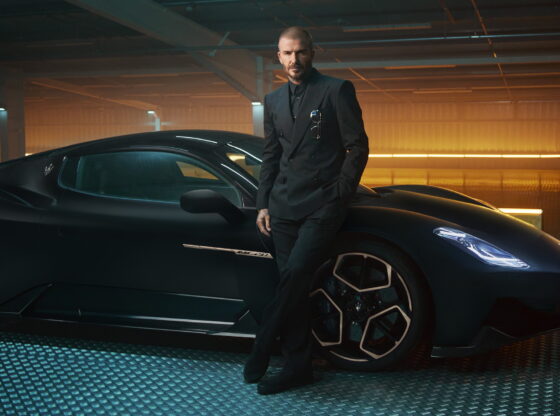![]()
Vegans, look away. Each year, around 250,000 tonnes of chicken eggshell waste is produced around the world and, to no one’s surprise, much of this ends up in landfill.
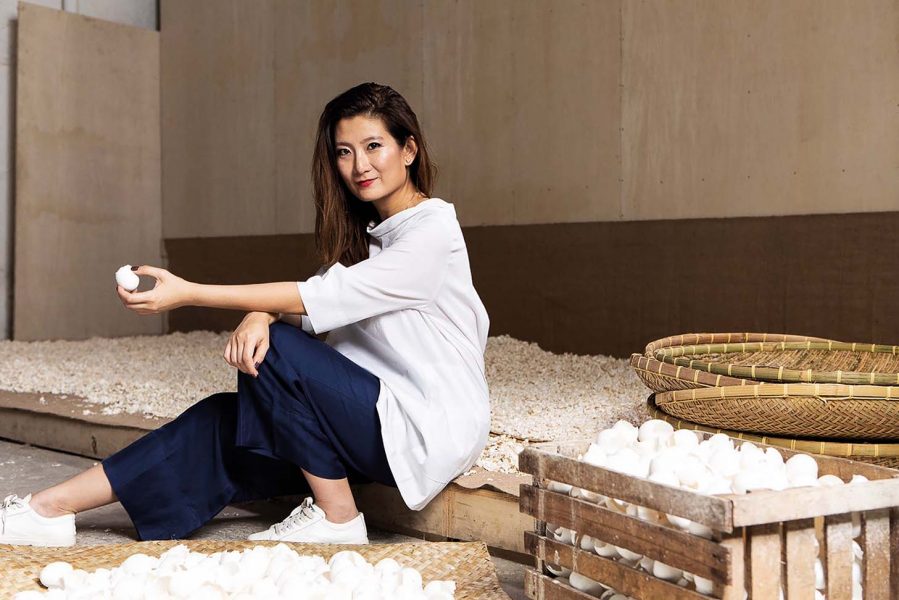
‘Most people see eggshells as waste, but I see an endless playground and limitless resource’ – Elaine Yan Ling Ng
Nature Squared, an ethical design studio founded in 2001, has developed a beautiful wall tile made from discarded eggshells collected from bakeries and kitchens on the island of Cebu in the Philippines. It’s the latest project for the Swiss studio, which focuses on transforming natural-waste materials—including abalone shells and feathers—into surfaces used in yachts, homes, and hotels.
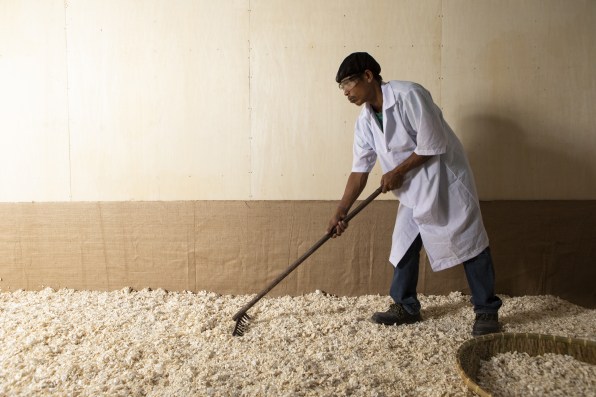
These eggshell tiles, which are called CArrelé (a portmanteau of the French word for square and the periodic symbol for calcium), are the first project from Nature Squared’s new chief innovator, Elaine Yan Ling Ng, who joined the company in 2020. Eggshells are frequently used in medicine to strengthen bones and in dentistry to strengthen teeth, but they also have applications for home design. In addition to being strong and stable, they’re naturally resistant to UV rays.
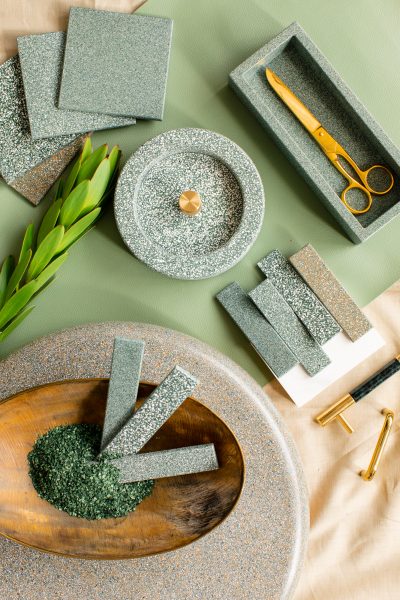
Nature Squared has a factory in Cebu and the craftspeople there collected thousands of organic white eggshells from nearby industrial kitchens. They crush these eggshells into different sizes, from sand to 3-mm fragments. Then they’re combined with a binding agent before being cured at room temperature. They then add natural dyes before baking the composite, and cutting them into tiles.
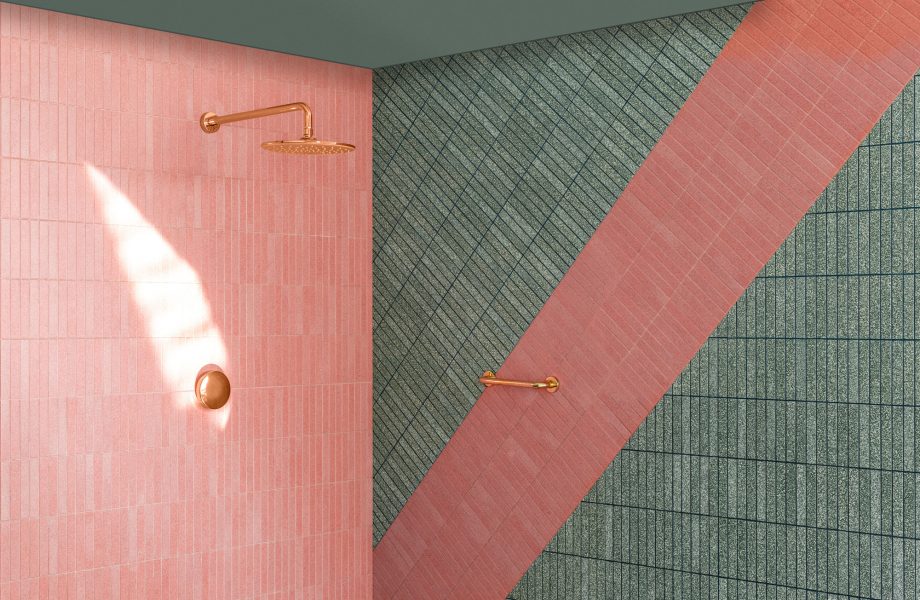
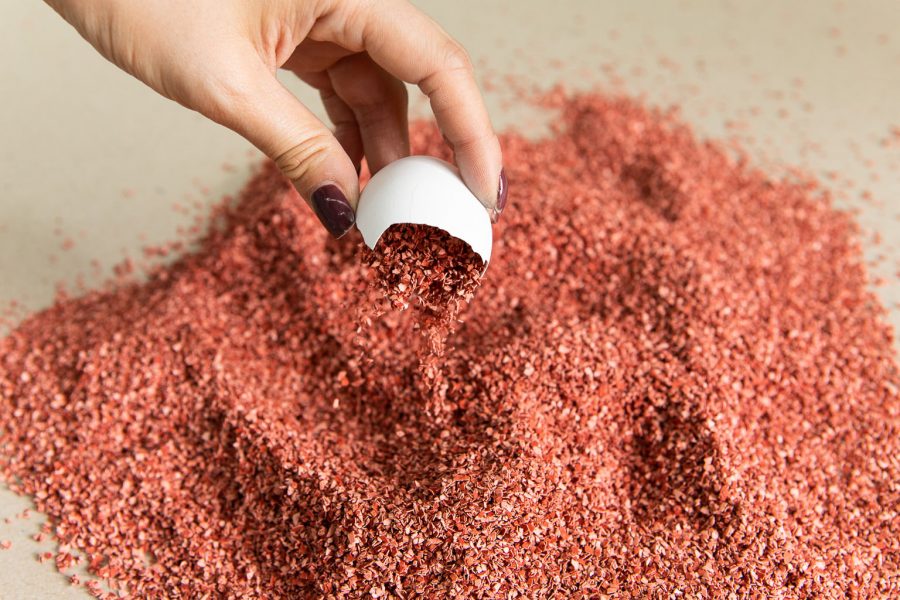
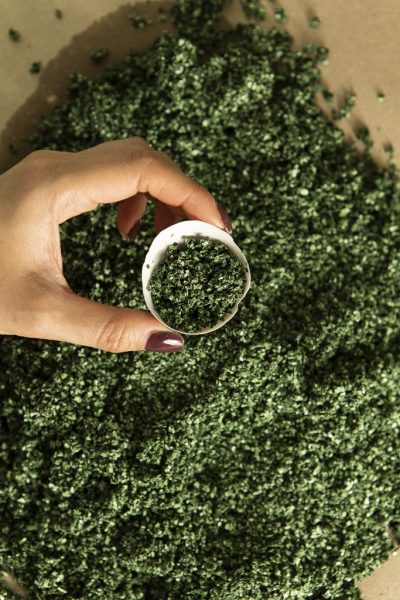
The easy-to-clean tiles can be applied to walls, including wet areas in bathrooms and kitchens, and there are plans to extend the product to flooring. ‘I love their unexpected visual versatility,’ says Lay Koon Tan, who co-founded Nature Squared with Paul Hoeve in 2000. ‘They’re reminiscent of terrazzo, but they’re obviously not terrazzo.’
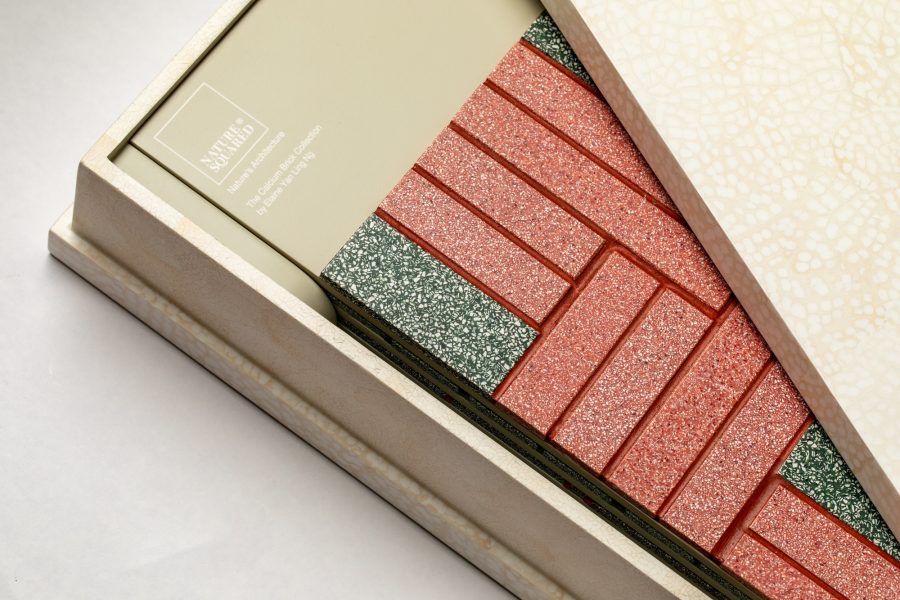
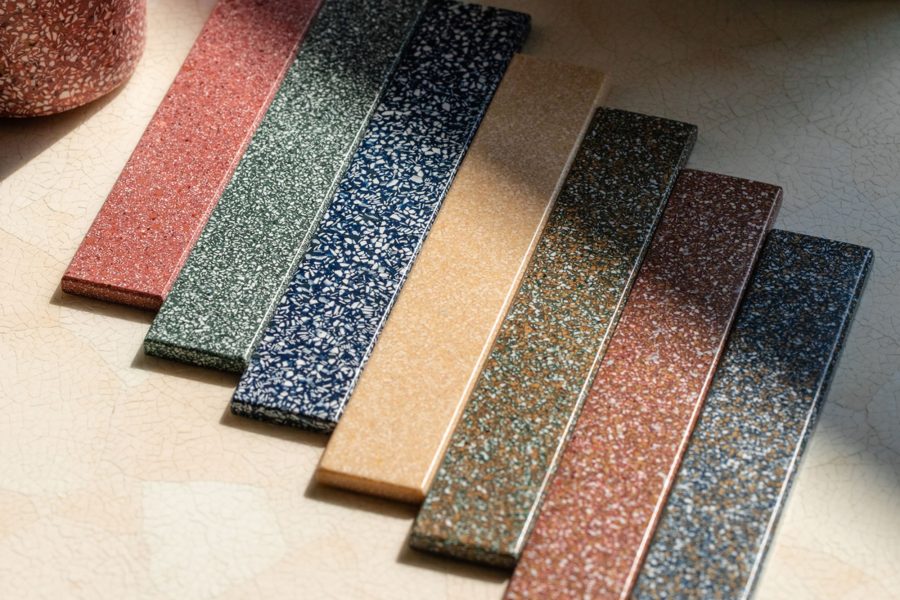
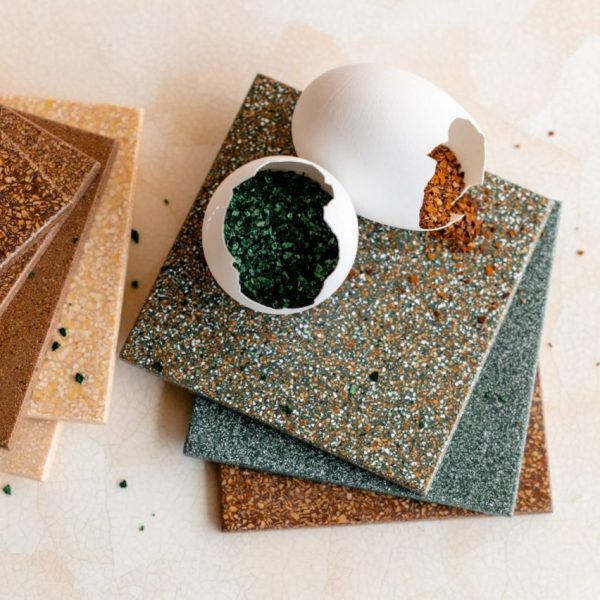
‘We want to divert larger volumes of waste away from landfill and into new methods to create unique and innovative products at more accessible prices.’ These are ambitious goals, to be sure, but Ng is pushing ahead. She’s currently experimenting with seashells which, like eggs, are bioceramic and CO2-absorbent; and, every year, seven million tonnes of the stuff are generated by the seafood industry. ‘Elaine’s brief is to apply her creative energies to each of our materials in turn,’ says Tan. ‘All designers are creative, but she applies her creativity within a wider social and environmental awareness. She designs for a greater good, rather than simply for beauty or function.



